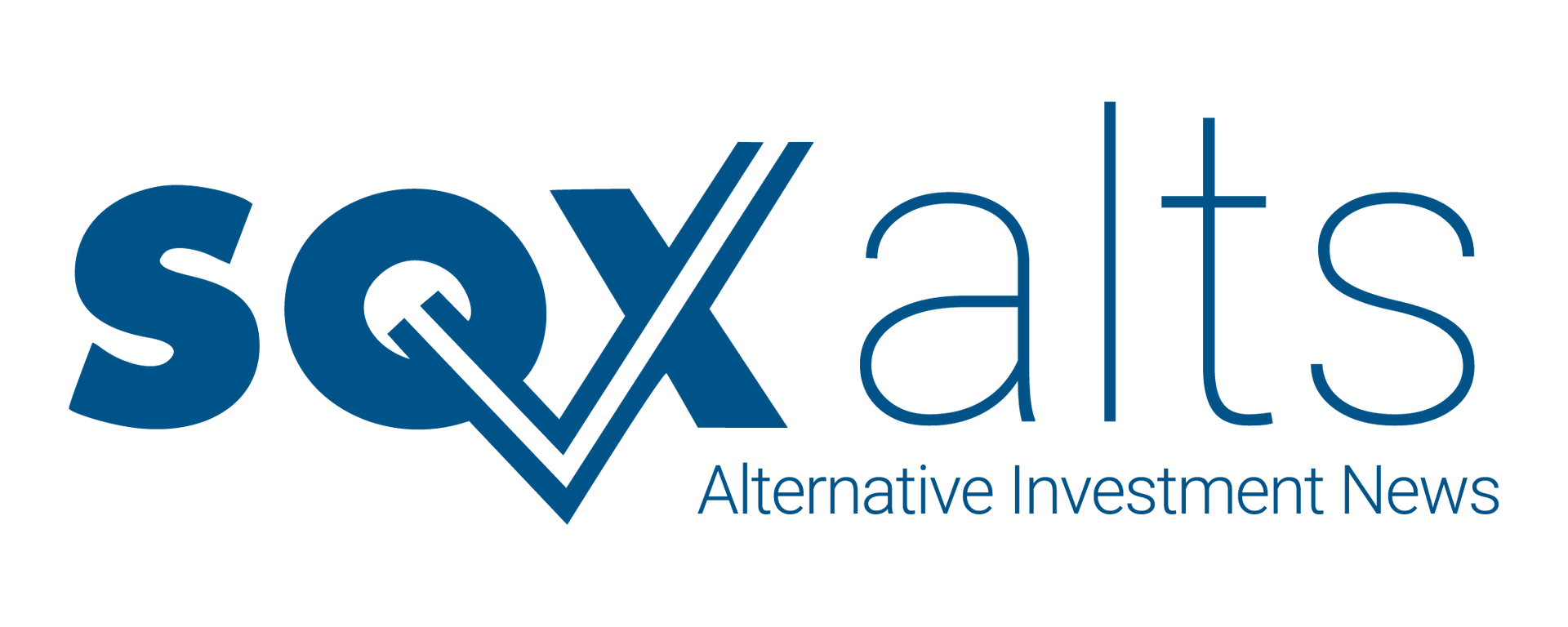Targa Resources Extends $600 Million Receivables Facility Through August 2026
The renewal strengthens Targa's liquidity management as it navigates financial obligations and commodity risk.
July 29, 2025

Targa Extends a Key Liquidity Lifeline
Targa Resources has locked in more runway on a critical financing channel. On July 28, the company finalized an extension of its accounts receivable securitization facility, pushing the termination date out to August 31, 2026.
This isn’t a new arrangement—it’s a continuation of a long-standing structure that’s been in place since 2013. Through its subsidiary, Targa Resources Partners LP
, and its bankruptcy-remote special purpose vehicle, Targa Receivables LLC
, the company moves receivables off its balance sheet and into a facility supported by external funding. That structure allows Targa to convert outstanding trade receivables into cash, providing flexibility without tapping traditional debt markets.
With this latest amendment—the sixteenth so far—the facility remains active with about $600 million
in receivable purchases already outstanding. PNC Bank continues as administrator and letter of credit issuer, while the agreement includes a group of:
- conduit purchasers,
- committed purchasers,
- purchaser agents, and
- letter of credit participants.
Supporting Relationships and Ongoing Flexibility
These counterparties aren’t new to Targa. Several have existing relationships with the company or its affiliates, ranging from financial advisory services to commodity swaps executed under market-standard terms.
By renewing this facility, Targa maintains access to a consistent source of working capital—critical in a business where cash flow timing can fluctuate. The structure gives the company options: it can respond quickly to short-term obligations, keep liquidity intact, and avoid locking up capital that might be needed elsewhere.
In a market where visibility and responsiveness matter, this extension keeps Targa well-positioned. It gives the company room to operate, flexibility to adjust, and confidence in its ability to meet evolving operational and financial needs.
Share
Read More Articles


